The M.O.S.T exam is a scary but rewarding experience for novice riders that can even trip up skilled riders. Here are some tips on each section of the test to help you get a pass...
Getting your learner rider licence is exciting, it opens up an entire new world that will most likely start a love affair with two wheels. There is a sizeable difference in becoming a provisional licensed rider compared to cars, follow these tips to help pass the M.O.S.T.
Check out our other articles on riding tips here…
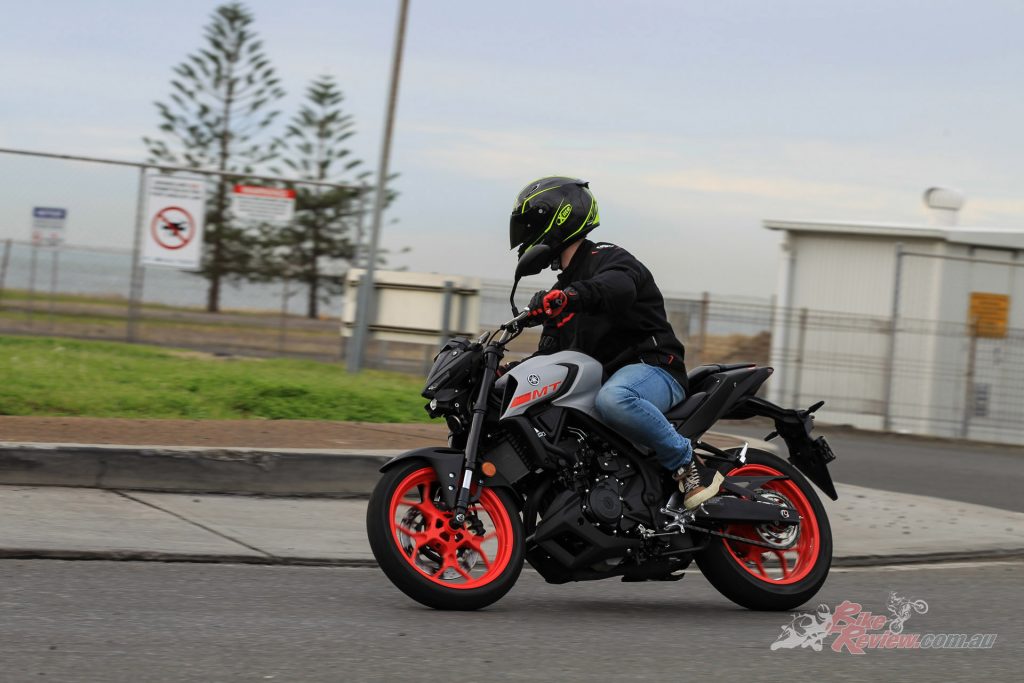
Jumping onto a motorbike for the first time is one of the most exciting but daunting experience of every motoring fan.
On a motorcycle you are forced out onto the open road without anyone looking over your shoulder. This can create some bad habits, resulting in a fail on your motorcycle operational skills test which you will need to pass to advance to your provisional licence. But there are some actions you can practice before taking the test.
Choosing the right bike and gear
Before you even think about taking on the M.O.S.T exam, you need to be thinking about the right bike for you which comes with recognising that certain bikes can make your life difficult when taking the test. For my “mock exam” I opted for a 2020 Yamaha MT03. It is a light and moderately powered LAMs approved motorcycle.
It is just as important to choose something down the lower end of the torque spectrum, as well as something light as you will need the ability to navigate obstacles at low speed. Having ABS whilst learning how to ride is almost a necessity, it eliminates most of the possibility of dropping a bike when needing to emergency stop. ABS will give you the confidence to fully squeeze the brakes when faced with a hairy situation and needing to a halt quickly.
Another key point to remember is that you cannot participate in the M.O.S.T exam with a motorcycle that has been modified in any way, some examiners will be stricter than others, especially when it comes to the likes of an aftermarket exhaust. When taking the test, the bare minimum of safety gear required is a helmet, long sleeves, gloves, non-ripped pants and enclosed shoes, but it is highly recommended to get a decent riding outfit with a motorcycle jacket, pants and proper riding boots.
Head checks and not stalling the engine
Before you even start the motorcycle skills test, you will need to be practicing your head checks. Relying on your side mirrors alone to change lanes is an unsafe way to operate any vehicle. You should practice doing head check before leaving a parking space, changing lanes or whenever you come to a stop at give way and stop signs. When you get tested on this during the exam, look over both shoulders when stopped at the “T” marking’s before taking off to start a part of the exam.
Stalling the engine from the point of starting the test to the end your engine must be running. If you are new to riding a motorcycle and haven’t quite got your head around using the clutch, a good way to practice is to find an empty carpark to practice finding the friction point of the clutch with your foot on the rear brake.
This way you can hold the clutch at the friction point and use the rear brake to control the take-off speed on the motorcycle. Once the take-off is down pat, begin to use the method to get the bike moving as slowly as possible without putting your feet down, there is no rules on how slow you do the test as long as your foot doesn’t touch the ground when it isn’t supposed to. Initiate an understanding on how the motorcycle behaves with the clutch and brakes to get more comfortable on the bike.
Left hand turn
The first obstacle you will come across in the M.O.S.T exam is the left-hand turn. The 90-degree turn requires the need to keep both wheels between the lines whilst turning left. Start out by getting as close to the outside line using the rear brake/ clutch method to get the bike moving slowly. Once you have entered the lines begin to look at the exit of the turn, you need to look where you want to go instead of at the lines on the ground, otherwise you will end up on the ground.
This phenomenon is called target fixation, it is what separates the good riders from the bad riders, it’s something you can practice on the road while riding. When going through turns look to the exit of the corner instead of the fence or other side of the road, you will realise that this phenomenon is real when you are driving along a straight stretch of road looking at the view, you will veer off the road.
If you want practice the specific left hand turn at home, find somewhere quiet and draw two lines in an L shape with the entry 1.5 metres apart at the entry and 1.8 metres apart at the exit. try and find a carpark that no one uses or a spot nowhere near a busy road as you will be doing such a slow speed.
Stopping in the box
The next obstacle is likely to be stopping with your front wheel in a box. There is no limit to how slow you should approach the box, it is recommended you go as slow as you feel comfortable. While this test is relatively easy, the box is quite small so when you approach at a slow speed you have more chance of successfully passing.
A big part of this is having confidence in your ability to pull up when necessary. This is a part of the exam which is good to practice with the bike you will be riding on exam day, try it a few times and get your friends to tell you if you are in the box or not.
Having a bike without fairing is the best for this as you can see if your front wheel is in the box with an unobstructed view. To set this up at home, you will need to draw a square that is 1.5 metres wide and 90cm long, making it one of the easiest parts you can practice outside of the testing area.
Cone Weave
The cone weave is one of the obstacles I see people under estimate the most, a problem most people face with this task is not having a proper riding position on the bike as well as incorrect target fixation. The cones are slightly offset from each other, entering on the left-hand side of the first cone, if you go too wide you can count yourself out of successfully completing this challenge.
When entering at the first cone, get the bike moving slowly and aim for as close to the cone as you feel comfortable, this will straighten out the line to the end. Sitting in an upright position with your arms relaxed will help the bike become more fluid through the turns, if you are too stiff and hunched over the bike will have no movement to self-correct.
Another trick I use is to fixate to the side next cone while you are half way through the previous one, doing this will stop you from running too wide and having an overly difficult tight turn for the next one. The five cones are four metres apart with a 30cm offset from the centre line, so don’t stress too much that you have a narrow path to weave through the cones but be mindful of how wide you are taking each turn and keep that speed down low with your clutch/rear brake control.
U-turn
Doing a U-turn on a motorcycle may sound simple enough but the second you get told to do it within a box, and if you haven’t practiced, it is likely that you will struggle, this comes down to target fixation once again. When you enter the U-turn box, aim to be as close to the outside line as possible and to maximise your turn around space try to begin your turn as soon as possible.
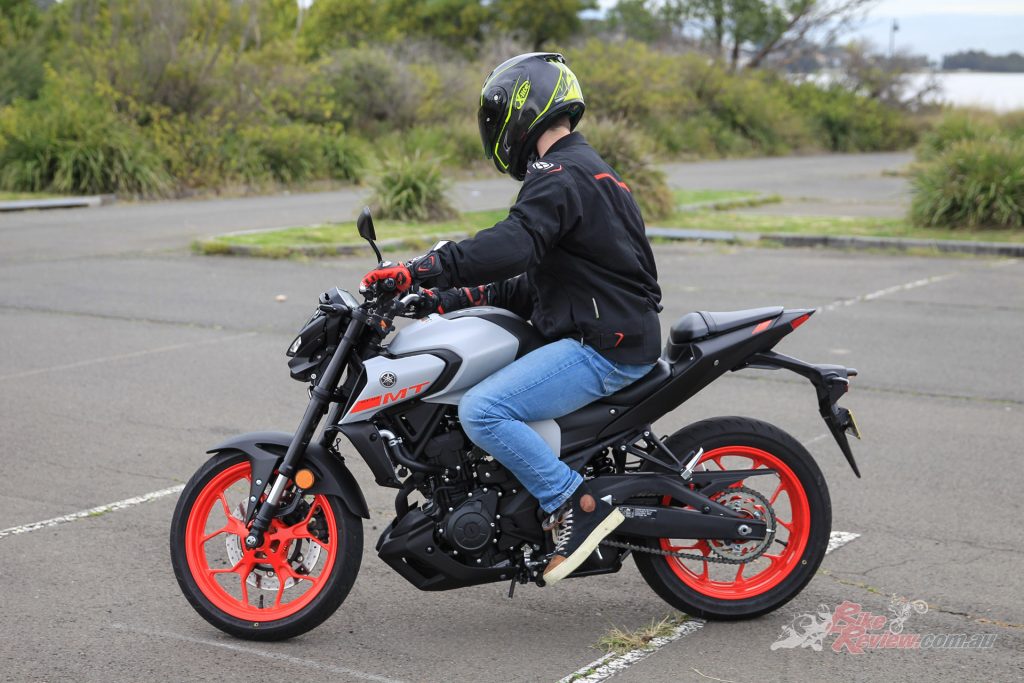
The U-turn can be one of the most difficult parts of the test if you are used to putting your foot down to turn around.
Look for an object that is parallel to the outside line and focus your eyes on that and not the box, as if you are looking at the ground it’s a good chance, you’ll put a foot down and fail. Practice this in a quiet car park by drawing a u shape with a 6.1 metre internal diameter and getting the bike turning as slowly as possible while getting comfortable with having the steering on full lock.
Doing the U-turn too quick will result in the bike having a wider turn radius, making it easy to use more than 6.1 metre to complete the turn. This is why it is so important to practice riding a bike slower than walking pace and practicing your balance, as for parts of the test that require full lock, its really difficult to complete while going full steam ahead.
Quick Stop
Coming to an emergency stop is an important skill to learn for operating any motor vehicle. Although this part of the test is very easy it can go catastrophically wrong if you don’t understand your motorcycle. If you opted to do your test on a bike without ABS, it is best to become comfortable with coming to a quick stop without locking up the front brake.
Points are not deducted if you lock up the front or the rear but it could easily end with a bike on the floor if you lock up the front. This is where having ABS is an advantage, you should be able to hit both brakes with complete confidence knowing you will come to a stop. Maintain a speed between 20 to 25 km/h before reaching the stopping marker without staring at the speedo too long, if you are staring at your speedo for too long you could miss the mark and fail this section.
Obstacle Turn
The final part of the M.O.S.T exam is the obstacle turn, with full discretion I actually failed on this the first time I did the test despite getting 100% in everything else. I let my nerves get to me, and I swerved around the wrong cone, how embarrassing. Again, you will need to get the motorcycle up between 20-25 km/h and deviate on the side that the instructor is standing on, not veering to the correct side is an instant fail.
The difficult part is that you have to keep it within the lines, target fixation and confidence in your bike are key parts to passing this section. The confidence part is important as not using the brakes is something to keep in mind, as soon as you pass the cones to begin the swerve, you must roll off the throttle and weave the bike as it coasts.
Hitting the brakes will hinder to the manoeuvrability of the motorcycle around the turns or cause the front wheel to lose traction. Have your eyes fixed on the exit of the obstacle instead of the cones or the instructor, keeping in mind your speed before doing the weave as they will make you redo it if you are going too slow.
That’s it, if you’ve done everything correctly all you will need to do now is get your licence printed off at a Roads and Maritime Service centre. Again, the key parts are to just work on your target fixation, have confidence in your bike and don’t be nervous at all. Almost all of the testers will be kind and want to see you pass, you have a whole day with them before the test so don’t be afraid to ask any questions and practice as much as you can. To book in your M.O.S.T exam, click here.

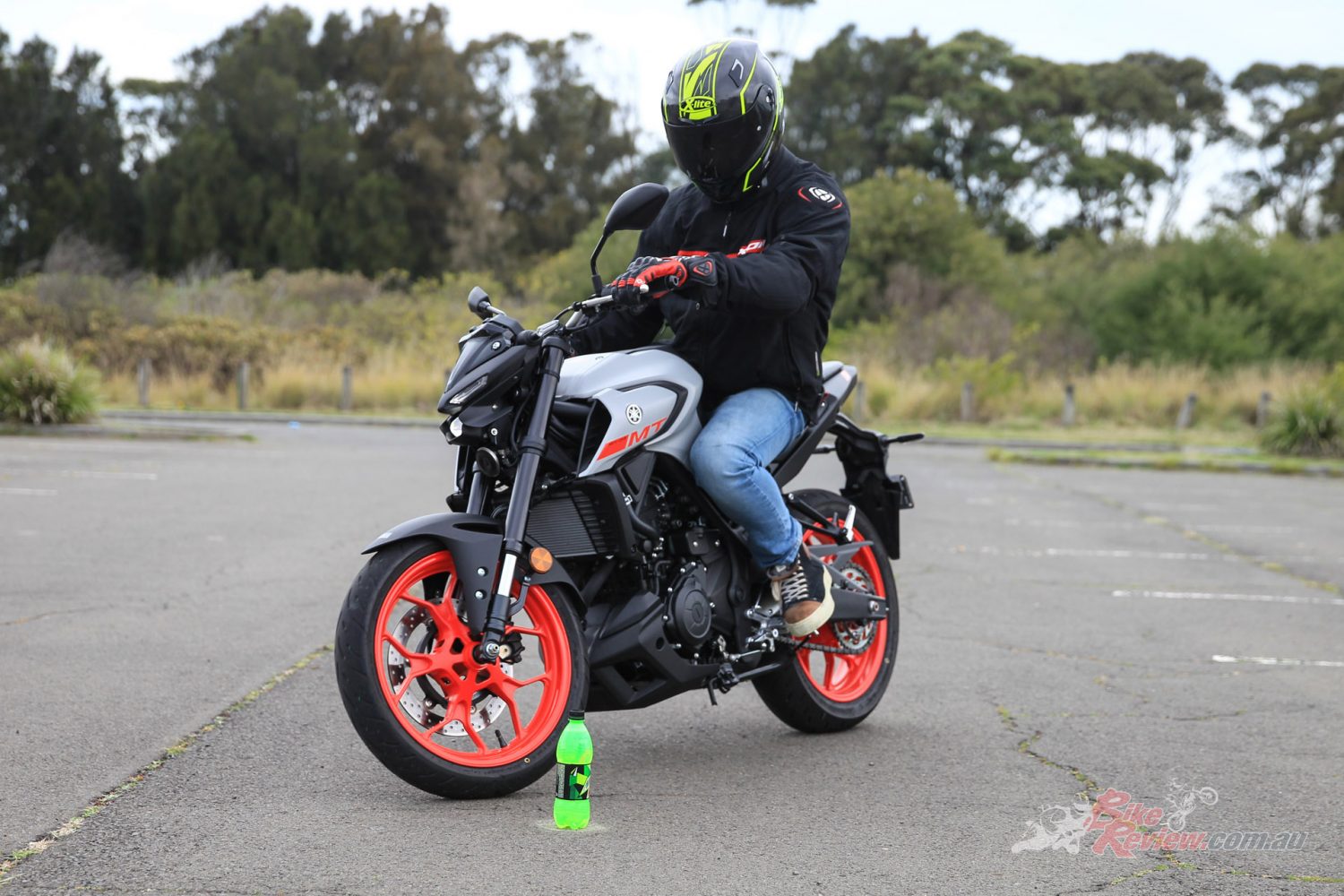
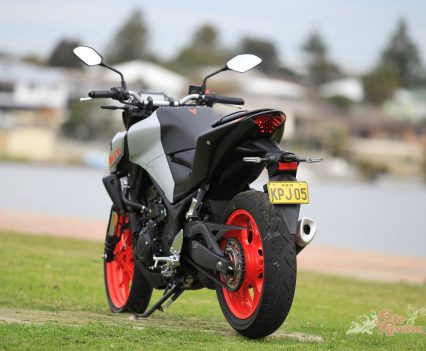

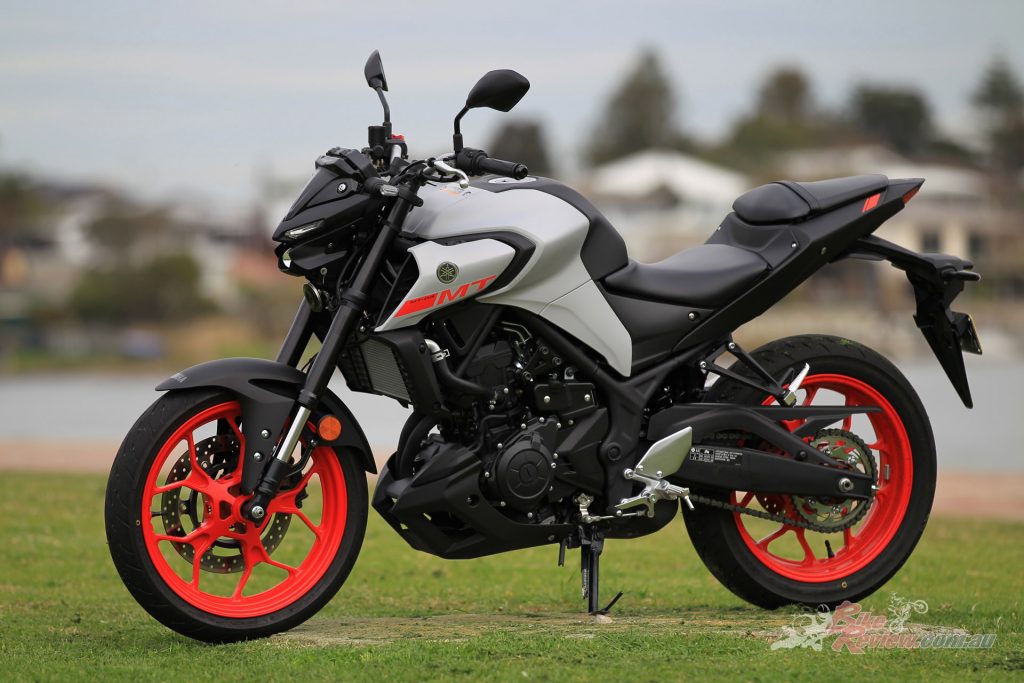
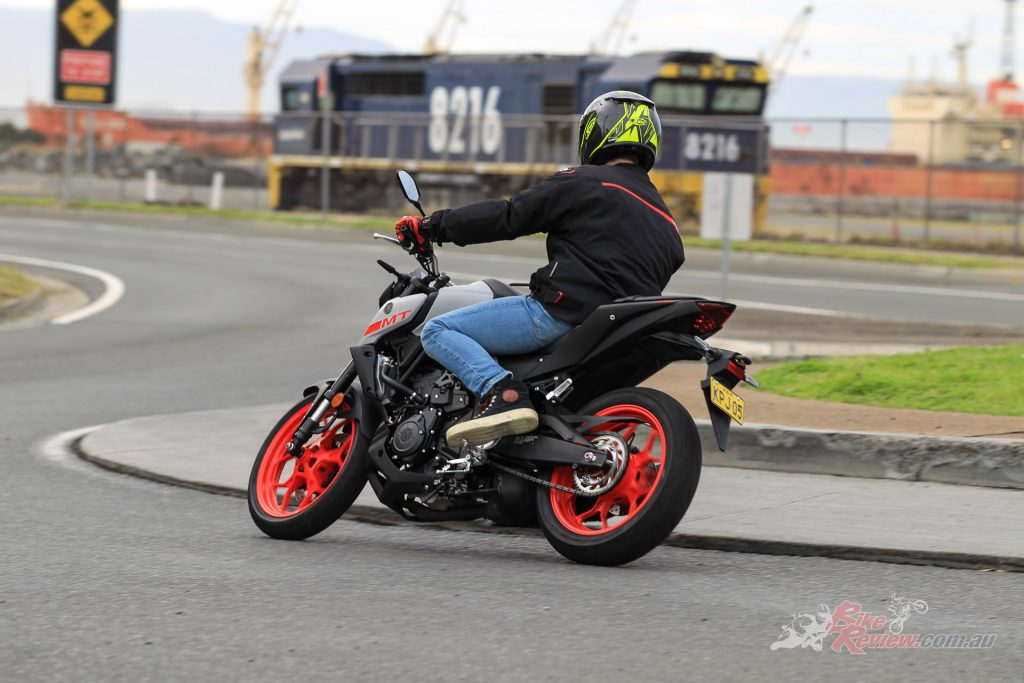


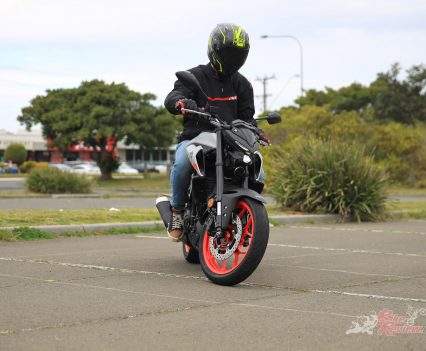



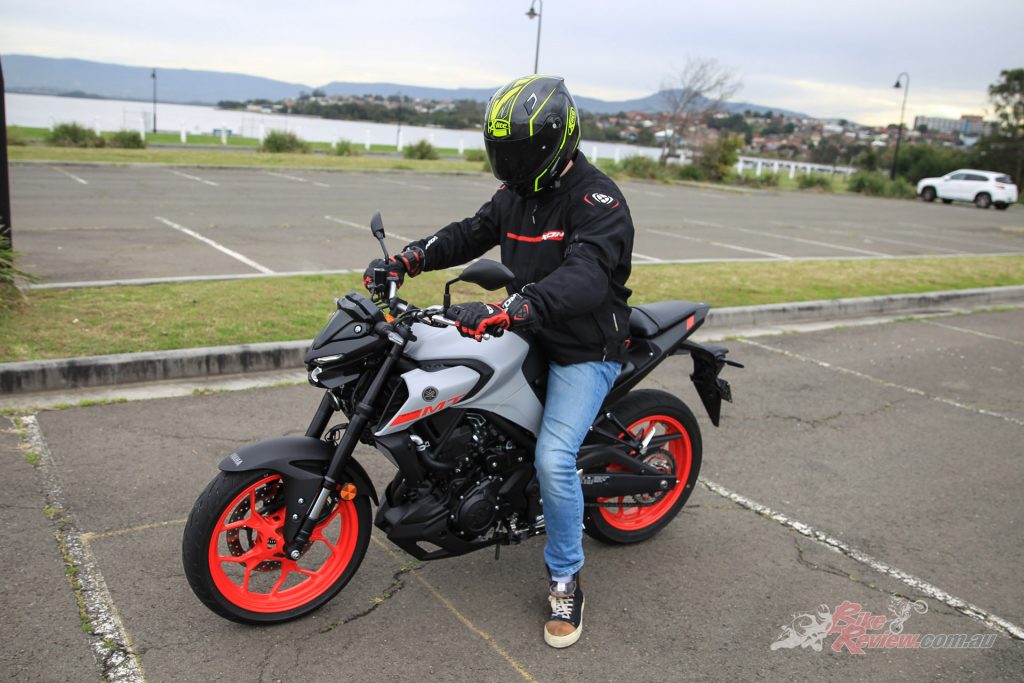
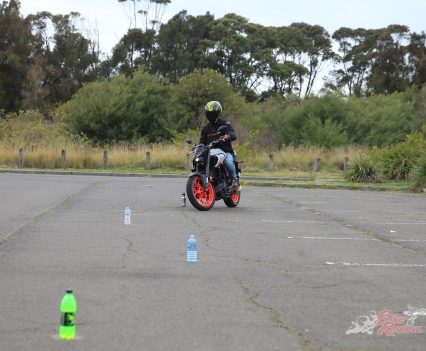
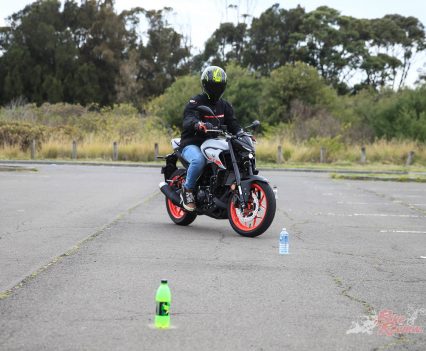

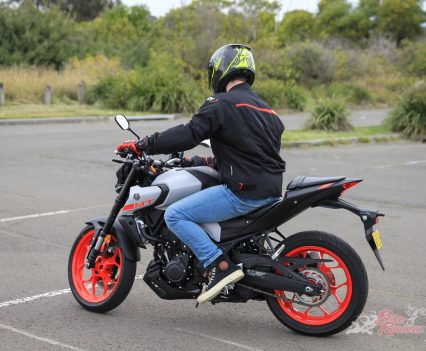

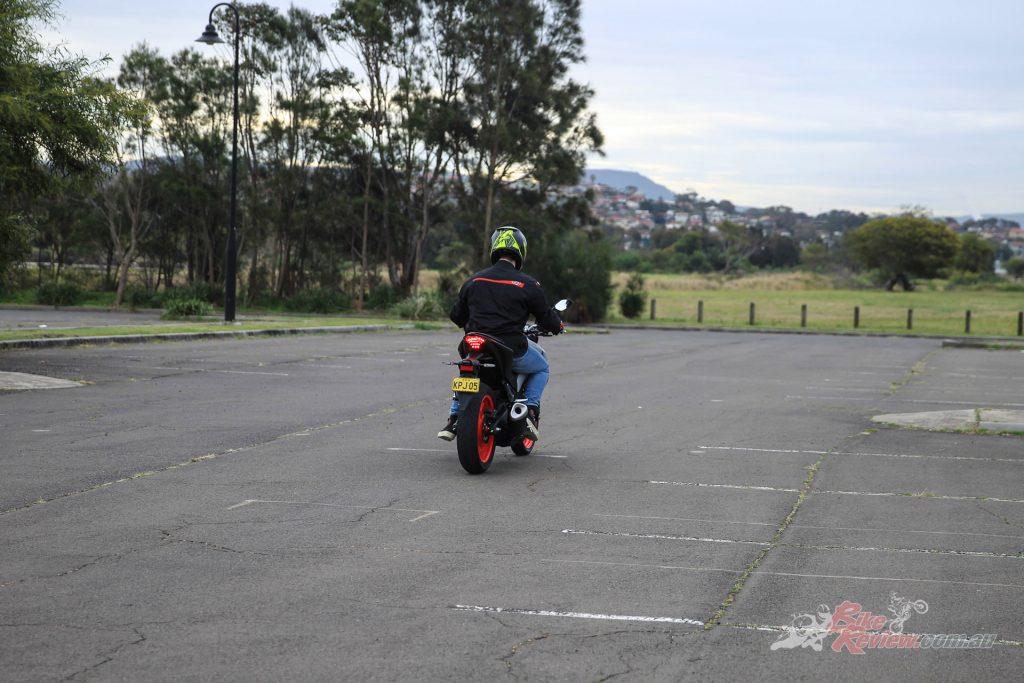
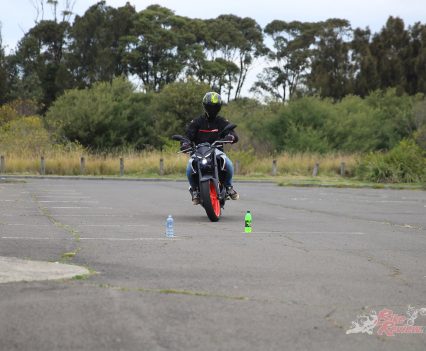

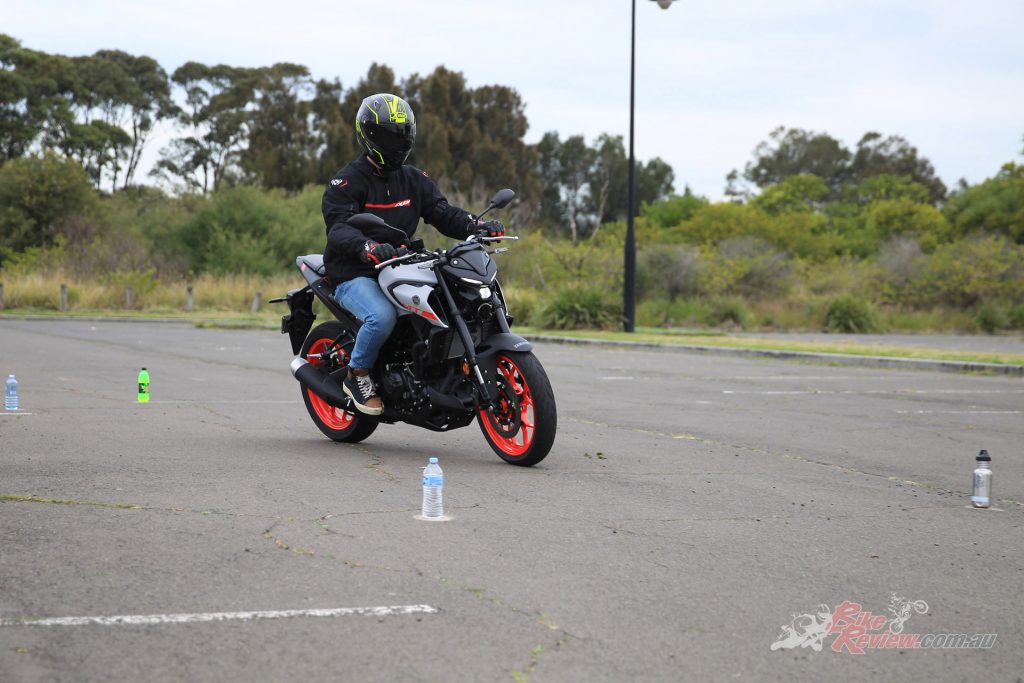


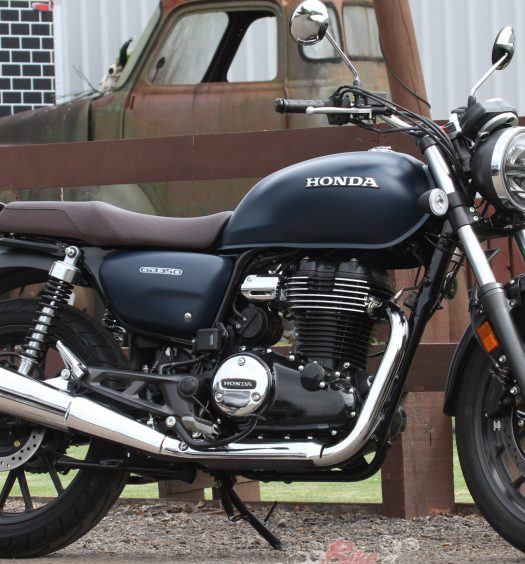
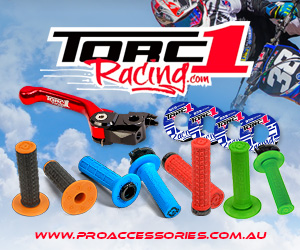









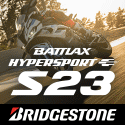


March 13, 2022
I was told today that during the test on the cone weave and the u turn you can use the clutch.
Is this true. I have been practising using rear brake and modulating clutch friction point. Not doing this makes my bike want to stall.
April 7, 2022
Hi Steve, I’m not exactly sure but what you are doing is the correct way to ride a bike, so I hope they would encourage that… Jeff.
November 2, 2022
Thank you very much for this article, going for reds in NSW on 20th Nov 2022!
Never touched a bike before July 2022 😅
December 7, 2022
Hope you scored them mate! Confidence is key.
January 5, 2023
I completed the MOST test 4/01/2023 are Rouse Hill NSW Stay upright, and the cone weave we had to do the cones were not four meters apart and about a meter from a fence. the cones were maybe a meter apart at best and the instructor failed me because i went right to left around the cones instead of left to right, however I did it perfectly no foot on the ground, no stall, no cone hitting. Surely this is not only unjustified but also needs to be investigated. How is it possible to hold these trainers and assessors accountable without any video or audio.
A stall shouldnt be a instant fail if you recover it quick enough, mine was barely even and issue, and the instructor stood right at the edge of the yellow line of the U-turn box which put him in a position that could have quite easily be run over. the instructor also failed to wear a high vis vest while conducting the assessment. anyone else have overzealous assessors who spend more time rushing through the material and telling their “warries” about how great a they are??
February 24, 2023
That is very unfortunate.
I actually had the same thing happen to me with the final obstacle turn, I swerved left instead of right after not making a single error the whole test, instant fail.
I’m unsure why the direction matters, it’s quite disappointing that you had a bad experience.
I hope you ended up getting a pass on your second attempt!
-Zane